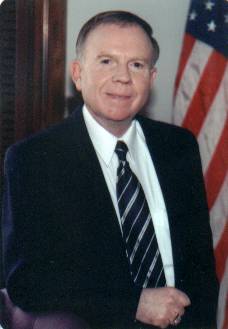Past SMSU President Jon Wefald raised freshmen enrollment by 30%

Jon Wefald was Southwest Minnesota State University’s third permanent president. Wefald is credited with saving the school when the attendance reached concerning low levels in 1974 and 1975. The school, which was called Southwest State University at that time, saw a dangerous drop in student enrollment.
Much of the community feared the school was on the brink of closing. As a result, parents encouraged their children not to attend SMSU. State representatives and senators were even discussing closing the school.
Many of Wefald’s friends advised against running for SMSU’s president position. However, Wefald campaigned for presidency, and in July 1, 1971 became he the university’s third president. Wefald worked to partner with faculty and the school’s administration and faculty were in constant conflict at that time. Wefald rescinded the release of five professors and formed a strong connection with the school’s faculty.
Wefald worked tirelessly to boost attendance. He spent four days per week promoting the school. Wefald would visit two to four schools per day. He talked to 94 schools in the nearby towns. Wefald promoted the school to 95 civic organizations, cooperative and farm organizations. SMSU’s third president spoke on the importance of higher education and encouraged high school students to attend SMSU.
Wefald’s strategy was a success. Freshmen enrollment went up by 30% and the school no longer faced the threat of closure.
After his presidency at SMSU ended in 1977, Wefald went on to become chancellor of the six state university system in Minnesota. Wefald also become the 12th and longest serving president of Kansas State University. Wefald served as the president of Kansas State University for 23 years. KSU honored Wefald for his service by naming a residence hall in his honor.
After his retirement as president of KSU, Wefald became a part-time professor of leadership studies. Wefald has also written two books—“The Transformative Years at Kansas State” and “A Voice of Protest: Norwegians in American Politics, 1890-1917”.
